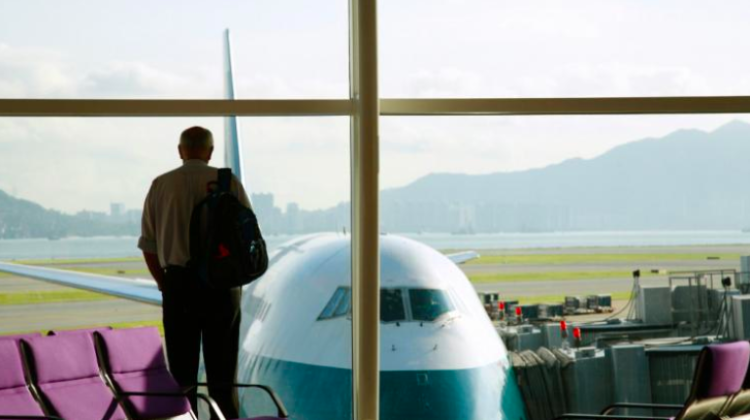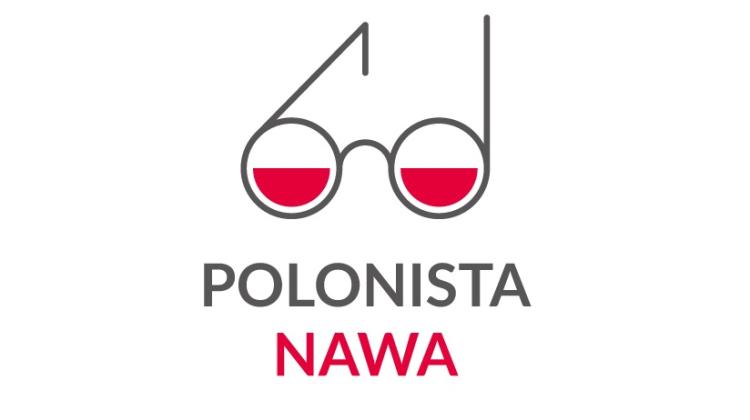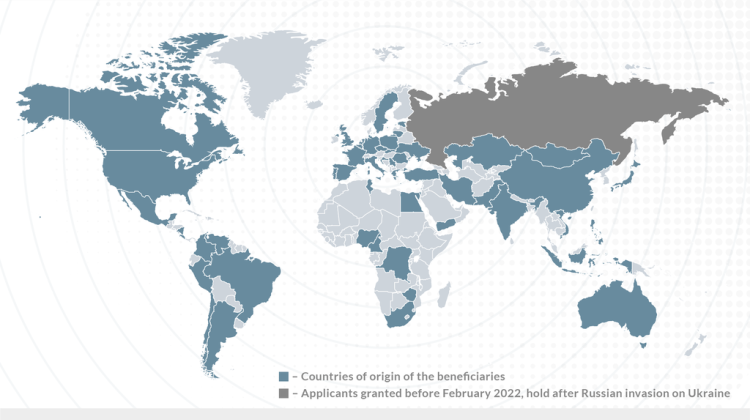Study: Good flight connection? Better chances for scientific cooperation!
 Photo: Fotolia
Photo: Fotolia
The better the flight connection between two academic centres, the greater the chance for closer research cooperation between scientists from these cities, shows analysis conducted by scientists from three countries, including Poland.
That means that even despite the development of new technologies, meeting in person is still very important in research cooperation.
Dr. Adam Płoszaj from the University of Warsaw together with colleagues from the U.S. investigated how international cooperation between scientists depended on communication links - including flight connections - between cities where the authors of scientific publications worked.
Researchers used the international database collecting data on scientific publications - Web of Science - to check where the co-authors of publications prepared in international cooperation came from. And they compared with how easy it was to get from the city of one co-author to the city of another co-author. There was a certain pattern for the whole world.
"Our research shows that the better the flight connections between centres, the more articles co-authored by scientists from these cities are created" - Płoszaj says. He explains that if there is a direct flight connection between two academic centres, we can expect more scientific cooperation between these centres than in the case of connections requiring a layover. The frequency of connections and the availability of cheap flights between cities is also reflected in scientific cooperation, research shows.
The number of transfers between cities is a variable that determines cooperation. But not the only variable. A lot depends on the distance: the closer the two centres are, the greater the cooperation between them. In addition to distance, the strength of the institution also counts. "Scientific cooperation between Warsaw and Kraków is greater than between Warsaw and Radom, despite the fact that Radom is closer to Warsaw than Kraków" - the researcher points out. He says that in this case, the gravitational model explain a lot: the stronger the centre, the more scientists from the outside want to cooperate with it.
Dr. Płoszaj explains that cooperation with centres better than one`s own translates into higher citation rate of the publication, because publications co-created by scientists from better centres are usually cited more. On the other hand, cooperation with a weaker centre usually results in a smaller number of citations.
"But in terms of citations, it is still more profitable to publish something together with a weaker centre than to develop an article within one centre" - comments Dr. Płoszaj.
In his opinion, strong centres can choose cooperation partners. They do not enter into cooperation that is of little benefit to them. In contrast, weaker centres have much less freedom in choosing partners for cooperation.
Despite the fact that scientists have videoconferences and cheap calls at their disposal, the possibility of meeting in person is still of great importance in developing cooperation. "Inventing an idea for a research project may require sitting together over coffee or going to a bar and having a less formal conversation. You cannot do that online" - the scientist says.
The value resulting from spatial proximity can be seen on the example of the spill-over effect. Dr. Płoszaj points out that companies that operate in the environment of other competing companies are more competitive than companies that operate in spatial isolation. "This is the case, for example, for IT companies in California. Employees of various companies meet after hours, go to the bar, start talking and come up with new ideas. The same mechanism works in the world of science" - concludes Dr. Płoszaj.
PAP - Science in Poland, Ludwika Tomala
lt/ ekr/ kap/
tr. RL
Przed dodaniem komentarza prosimy o zapoznanie z Regulaminem forum serwisu Nauka w Polsce.
















